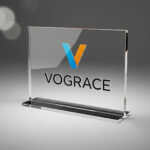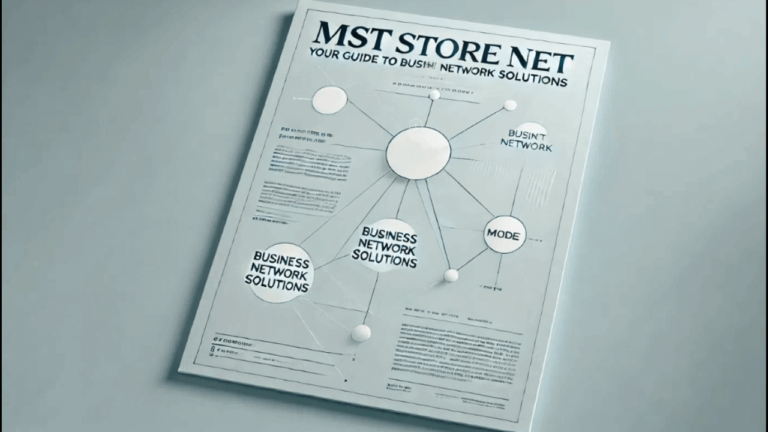In today’s fast-paced world, businesses across multiple industries are facing a major challenge—moisture control in packaging. Whether it’s pharmaceuticals, food, electronics, or other sensitive goods, excessive humidity and moisture exposure can significantly impact product integrity. Enter Hygropack, a cutting-edge packaging solution designed to combat these issues effectively.
In this comprehensive analysis, we will explore how Hygropack is revolutionizing the packaging industry, its benefits, applications, and why businesses should consider integrating this innovative technology into their supply chain.
Understanding Hygropack Technology
What is Hygropack?
Hygropack is a moisture-control packaging solution that prevents products from degrading due to humidity exposure. Using advanced materials and desiccant-based technology, it creates a stable environment inside packaging, ensuring the longevity and quality of the enclosed items.
This technology is widely adopted in industries that require strict moisture regulation, such as:
- Pharmaceuticals (protecting medicines from humidity-related degradation)
- Food and Beverage (preventing spoilage and extending shelf life)
- Electronics (safeguarding sensitive components from moisture damage)
- Textiles and Leather Goods (maintaining the quality of fabrics and accessories)
How Does Hygropack Work?
Hygropack utilizes moisture-absorbing agents such as silica gel, activated carbon, or other desiccants that trap excess moisture within packaging. Some variants also incorporate breathable films that regulate humidity levels dynamically, adapting to environmental changes.
This dual-layer protection ensures that products remain in optimal condition, even when exposed to varying climates and transportation conditions.
Benefits of Hygropack Technology
1. Superior Moisture Protection
Traditional packaging methods often fail to provide adequate protection against humidity fluctuations. Hygropack creates a controlled environment that significantly reduces product deterioration caused by moisture.
2. Extended Shelf Life
Products, especially perishable goods like food and pharmaceuticals, benefit from Hygropack by maintaining their freshness for longer periods. This extends usability, reduces waste, and enhances overall customer satisfaction.
3. Cost-Effective Solution
Damaged goods due to moisture exposure can lead to substantial financial losses for businesses. By using Hygropack, companies can minimize product returns, replacements, and customer complaints, leading to better profitability.
4. Eco-Friendly and Sustainable Packaging
Sustainability is a growing concern, and Hygropack aligns with global eco-conscious initiatives. Many variants are made from biodegradable and recyclable materials, helping businesses meet environmental regulations while reducing their carbon footprint.
5. Enhanced Consumer Trust
Consumers expect high-quality products, and moisture-related defects can harm a brand’s reputation. By ensuring superior product protection, Hygropack helps businesses build trust and loyalty among customers.
Applications of Hygropack Across Industries
1. Pharmaceutical Industry
Moisture-sensitive drugs, vitamins, and medical devices require strict humidity control to maintain efficacy. Hygropack provides a reliable solution to prevent contamination and degradation of pharmaceuticals.
2. Food and Beverage Industry
From snacks to coffee and even pet food, Hygropack ensures that moisture-sensitive food products stay fresh and flavorful for an extended period. It prevents mold growth, texture changes, and spoilage.
3. Electronics and Semiconductor Industry
Electronic devices and semiconductors are highly vulnerable to moisture-related damage. Hygropack plays a crucial role in safeguarding circuit boards, chips, and other sensitive components.
4. Textile and Leather Industry
Fashion brands and leather manufacturers use Hygropack to protect their products from mold, mildew, and damage during storage and transit, especially in humid environments.
5. Logistics and Supply Chain Management
In global trade, where products undergo long transit periods, Hygropack helps prevent damage caused by varying humidity levels, ensuring items reach customers in perfect condition.
How to Implement Hygropack in Your Business
Step 1: Assess Moisture Sensitivity of Your Products
Identify which of your products require moisture protection. Analyze their vulnerability to humidity-related issues and select the right Hygropack variant accordingly.
Step 2: Choose the Right Hygropack Solution
Hygropack is available in different forms, including:
- Desiccant sachets
- Humidity-regulating films
- Vacuum-sealed packaging
- Oxygen absorbers with moisture control
Select the option that best suits your product requirements.
Step 3: Integrate Hygropack into Production and Packaging
Work with packaging suppliers to incorporate Hygropack into your supply chain. Ensure that it meets industry regulations and enhances your product’s shelf life.
Step 4: Educate Your Customers
Inform consumers about the benefits of Hygropack packaging. Clearly label products to showcase their moisture-resistant features, adding value to their purchasing decisions.
Step 5: Monitor and Optimize
Regularly assess the effectiveness of Hygropack in your packaging process. Gather customer feedback and optimize the technology as needed to maintain high-quality standards.
Frequently Asked Questions (FAQs) About Hygropack
1. What makes Hygropack different from regular packaging?
Hygropack offers advanced moisture control, ensuring that products remain protected from humidity, unlike conventional packaging that lacks specialized humidity regulation features.
2. Can Hygropack be customized for different industries?
Yes, Hygropack is highly versatile and can be tailored to meet the specific needs of industries such as pharmaceuticals, food, electronics, and textiles.
3. Is Hygropack environmentally friendly?
Many Hygropack solutions are made from biodegradable and recyclable materials, making them a sustainable choice for businesses looking to reduce environmental impact.
4. Does Hygropack add significant cost to packaging?
While Hygropack may have a slightly higher initial cost, it ultimately saves money by reducing product damage, spoilage, and returns.
5. How long does Hygropack technology last?
The lifespan of Hygropack depends on the type of packaging used and the environmental conditions. Some solutions provide moisture protection for several years.
6. Can Hygropack be used for perishable food items?
Yes, Hygropack is an excellent solution for food preservation, extending shelf life by preventing mold growth and moisture-related spoilage.
7. Is Hygropack FDA-approved?
Certain Hygropack variants used in food and pharmaceuticals comply with FDA and other international regulatory standards.
8. Can Hygropack be used in cold storage?
Yes, Hygropack performs well in cold storage conditions, maintaining product integrity despite fluctuating temperatures and humidity levels.
9. Where can I purchase Hygropack packaging?
Hygropack solutions are available through specialized packaging suppliers, online distributors, and industry-specific vendors.
10. How do I know if my product needs Hygropack?
If your product is sensitive to moisture and humidity-related damage, conducting a moisture exposure test can help determine if Hygropack is necessary.
Conclusion
Hygropack represents a revolutionary step forward in moisture-control packaging, providing businesses with an effective way to protect products, extend shelf life, and meet sustainability goals. As industries continue to evolve, integrating Hygropack into packaging strategies is essential for staying competitive in the global market.
With its proven benefits and diverse applications, Hygropack is not just a packaging solution—it’s a necessity for businesses looking to ensure product quality, reduce waste, and enhance customer satisfaction.
Would you like assistance in finding suppliers for Hygropack, or do you need a more industry-specific guide? Let me know how I can further help!
Keep an eye for more updates on GreekBuzz!



















